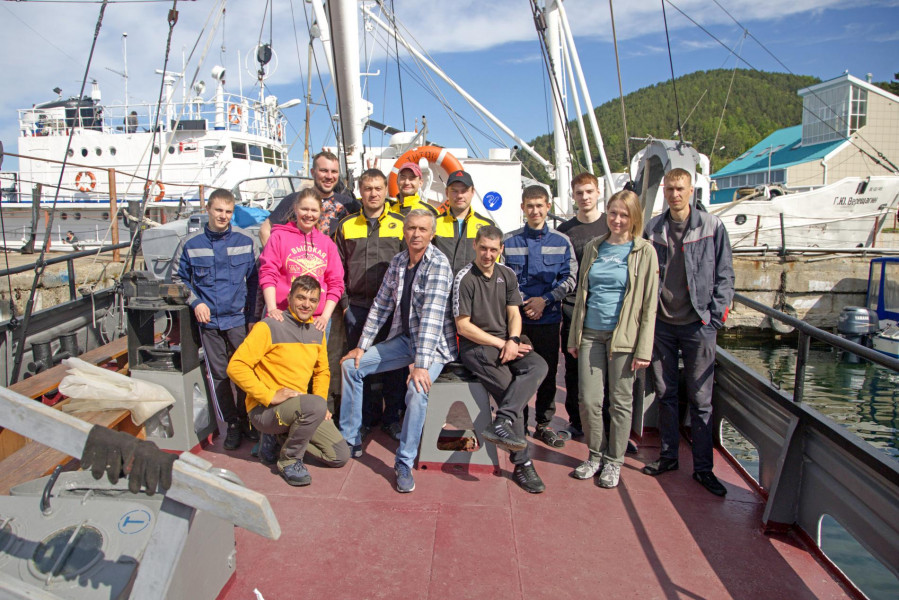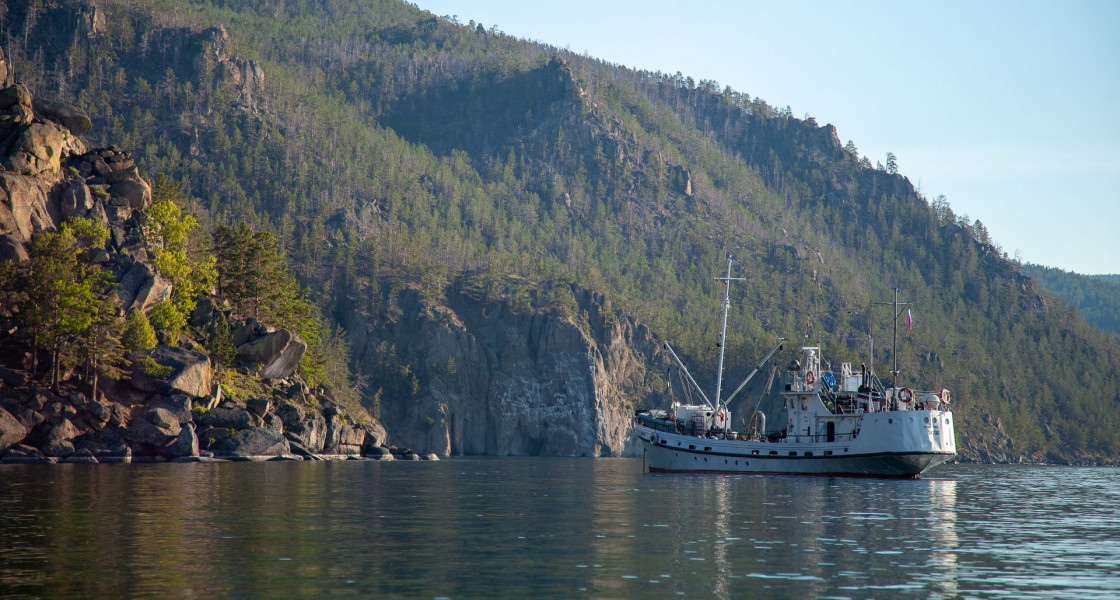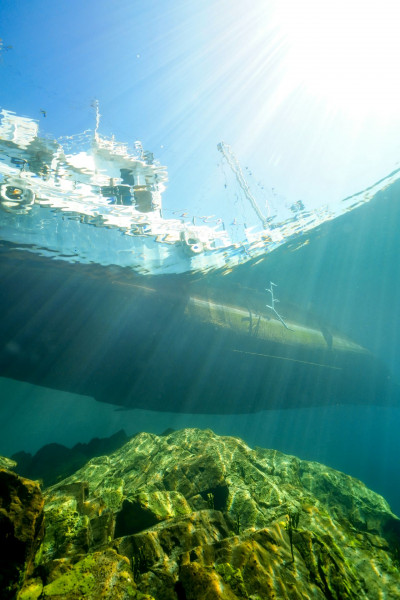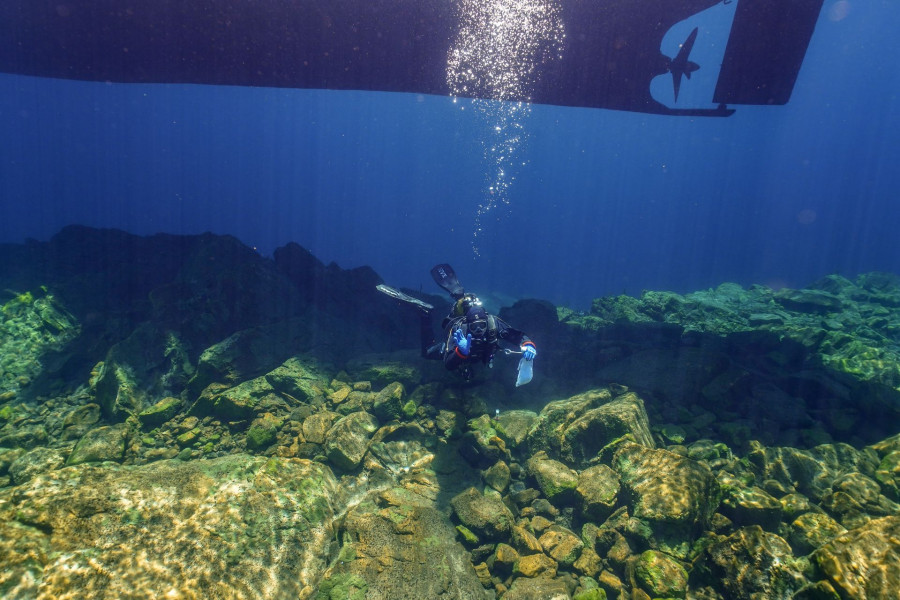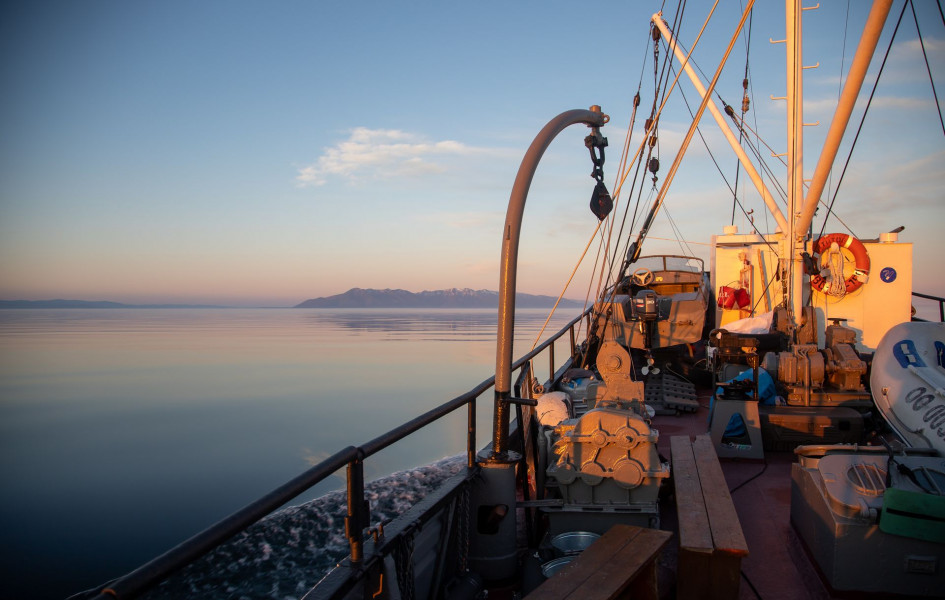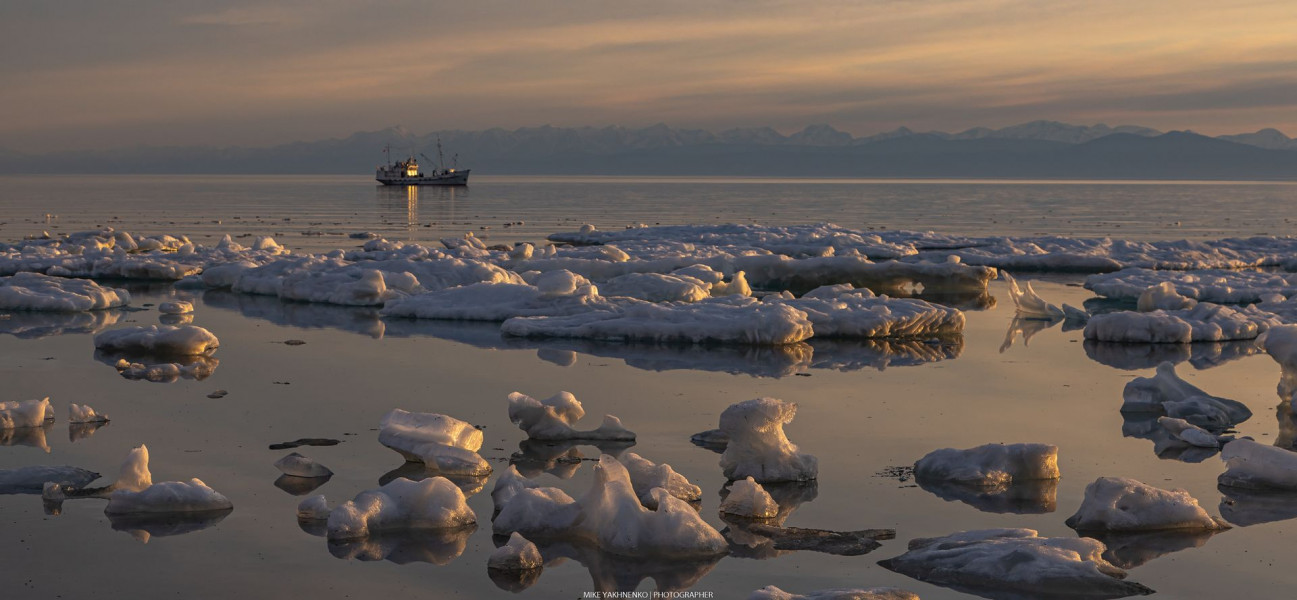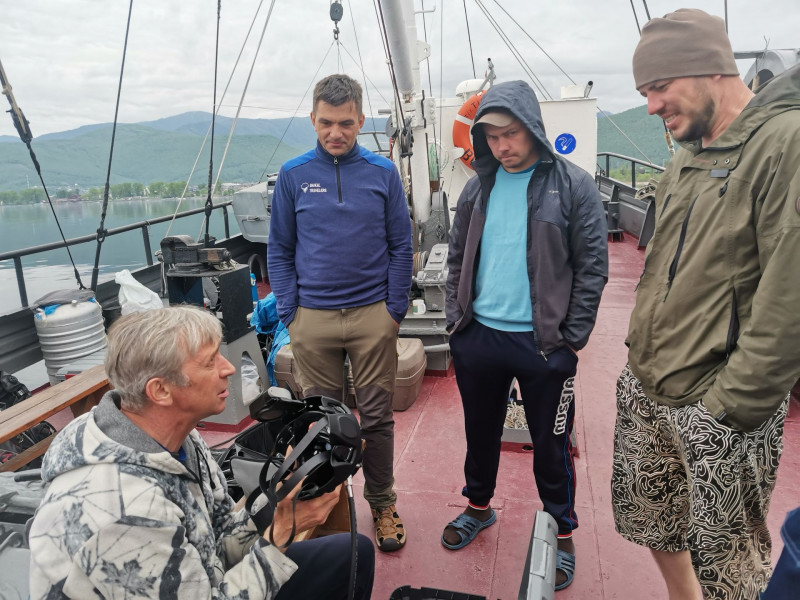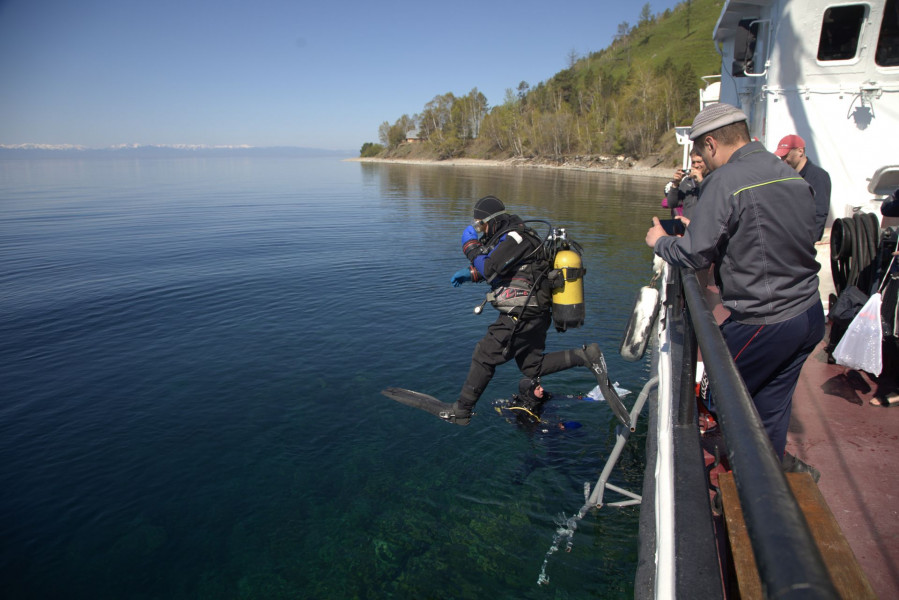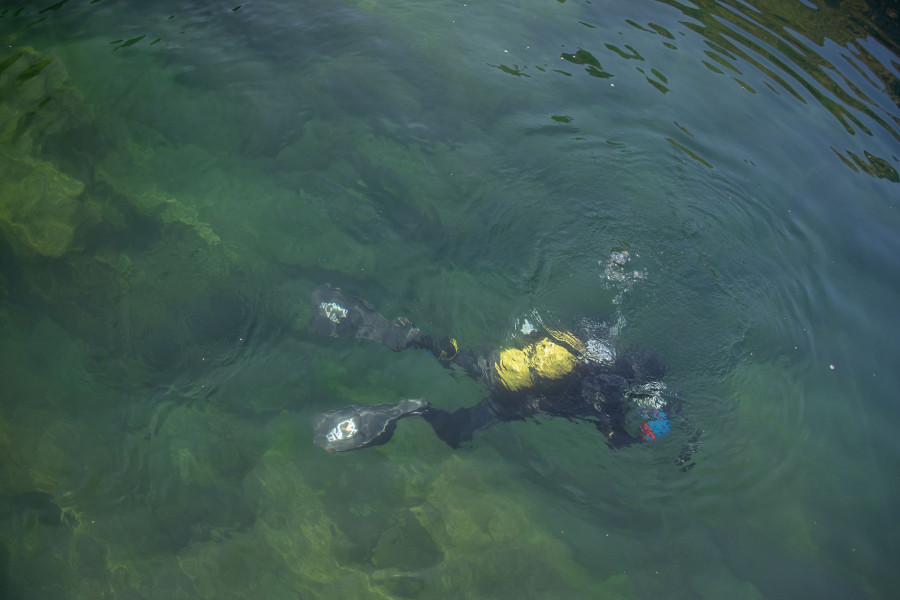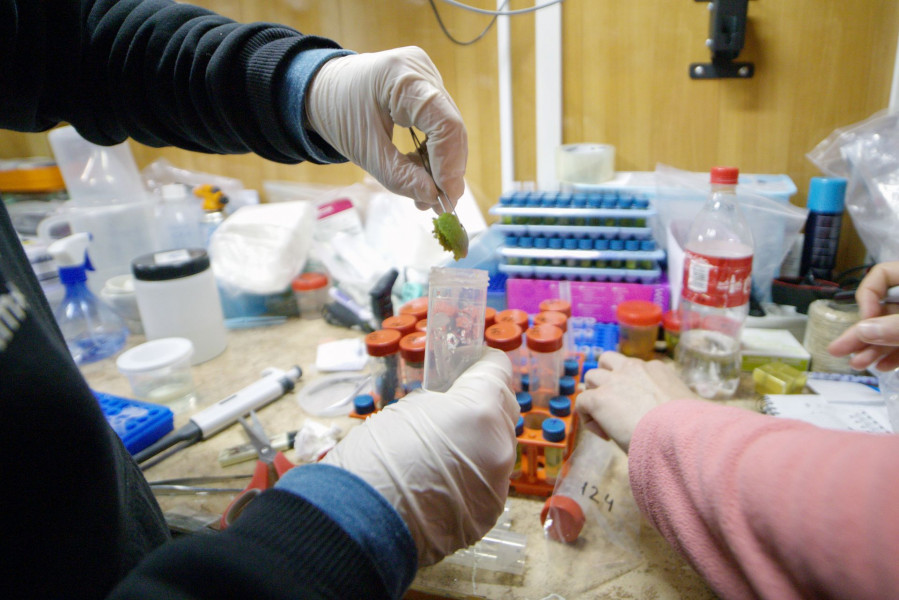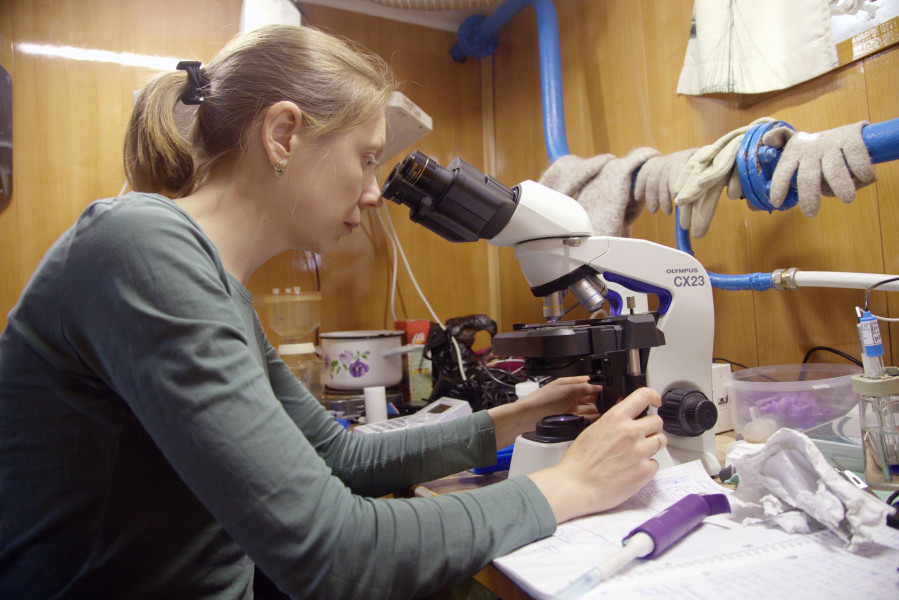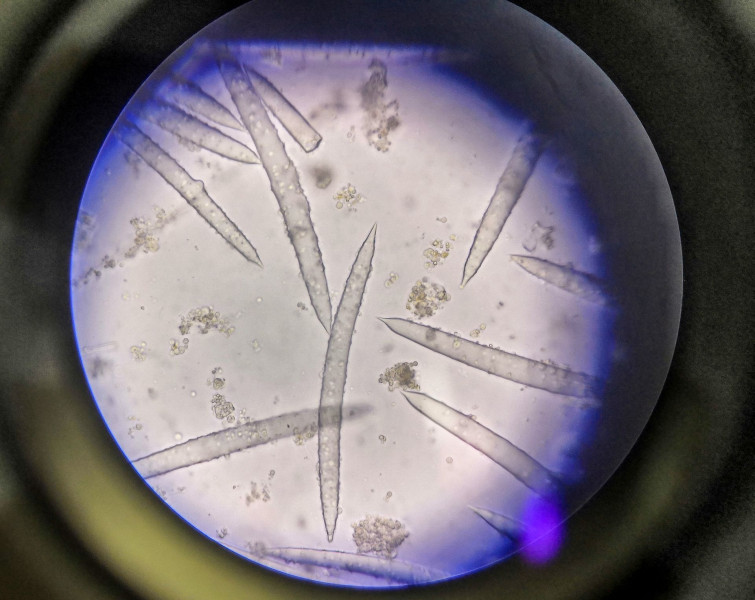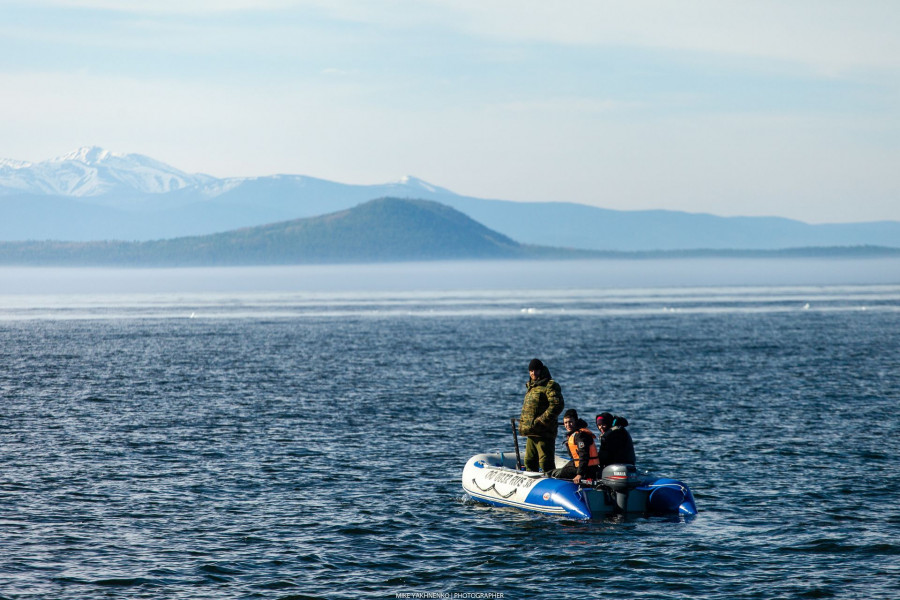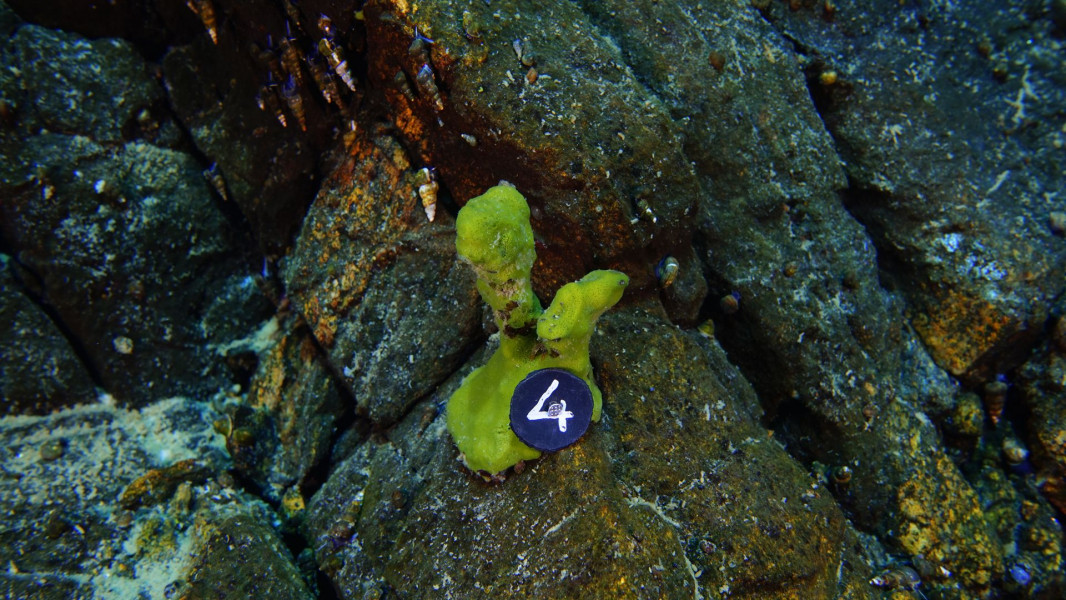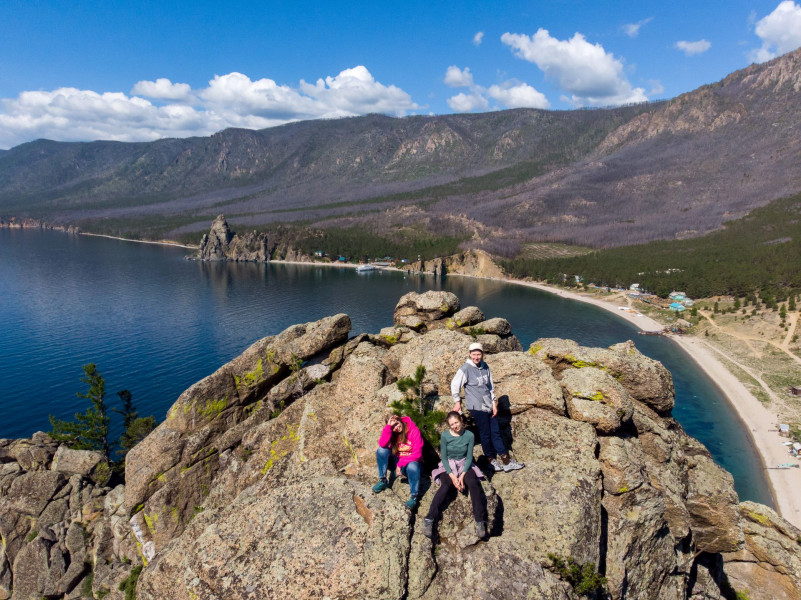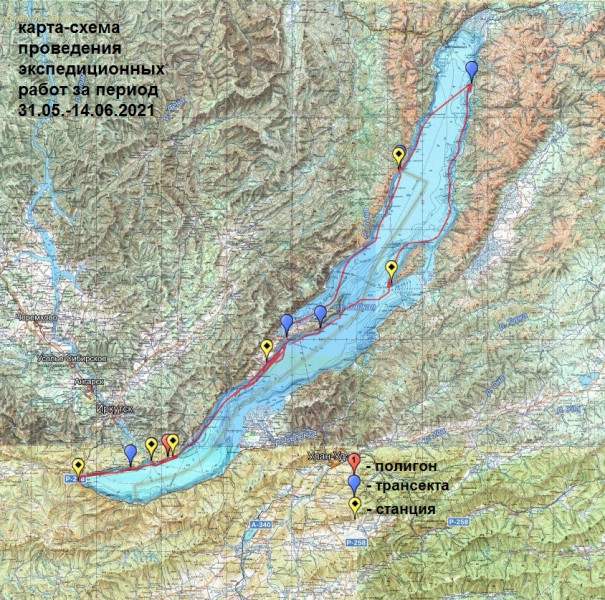Integrated expedition for the assessment of the state of Baikal endemic sponges from May 31 till June 14, 2021
From May 31 till June 14, 2021, integrated expedition activities were performed on the board of R/V “Titov” within the themes of State Task # 0279-2021-0005 “Studies of the transformations of water bodies and water flows state in East Siberia in seasonal and long-term aspects in the context of climate changes, geological environment and anthropogenic impact” (headed by Fedotov A.P.) and # 0279-2021-0011 “Genomics of symbiosis. Study of interaction between the host and consortia of microorganisms and parasites (headed by Belikov S.I.) concerning the problem of mass death of Baikal sponges in Lake Baikal shallow waters and the assessment of their modern state.
The aim of the expedition:
Continuation of work series concerning research expeditions around Lake Baikal to assess the state of Lake Baikal shallow waters zone with the help of research divers. The assessment of quantitative and qualitative changes in sponge communities by years on control polygons, transects and monitoring stations, sampling of Baikal spongelides for laboratory research. Study of temperature regime in the lake shallow water zone, whole-year registration of temperatures on the sections by stations in different Lake Baikal areas.
The tasks of the expeditions:
-
visual assessment of the degree of Baikal sponge injury in the activities area on control reference sites;
-
biofilms sampling to study changes in composition, structure and amount of microbial and viral communities depending on spatial and ecological heterogeneity of the habitat;
-
sampling of materials for the analysis of molecular data, for revealing ot the peculiarities of the sponges symbiotic composition (including viruses), for determination of main metabolic links in the sponges community and identification of pathogenic agents on the culture of sponges cells;
-
elimination and installation of temperature loggers to read off the information on the whole-year control of the temperature regime in the near-bottom layer on the lake shallow water on the laid transects (by depths of 4, 6, 12, 15 m);
-
depth-depending studies of biogenic elements (dissolved oxygen, silicon, nitrogen, phosphorus), as well as of physical parameters (conductivity, temperature, pH, light conditions) in the photic zone in the sponge sampling sites, control polygons, transects and stations.
The work performed:
In order to study the dynamics of changes in the species diversity and vertical distribution of the species of Baikal endemic sponges along the transects on the polygon “Varnachka” (Тr. 1-3) and the transect on cape Turali (Тr. 8), quantitative sponges sampling was performed. The sampling was performed in 1 m2 frames in 3 replicates near stations situated each 20 meters along the transects. In total, 355 sponges were sampled to study their species diversity. During the sampling, the divers took pictures and videos of sampled sponges and the frames within which the sampling was performed.
In order to continue monitoring the state of the disease of Baikal endemic sponges, we performed quantitative sampling of ill specimens along the transects (Ulanovo, Malye Ol’khonskiye Vorota Gate, Yelokhin, Listvenichny Bay). During the expedition, totally 68 ill sponges of different species were sampled. The samples were described (lesions types were characterized visually), fixed in 70% ethanol and numbered.
Pictures and videos of the reference sponges laid in 2015-2016 in the areas Varnachka (stone garden), Ulanovo railway station, cape Ukhan, cape Yelokhin and cape Turali were taken during the expedition. New healthy sponge specimens were marked additionally in the areas of Ulanovo railway station and cape Yelokhin.
Near-bottom and surface water was sampled at all transects by stations for further hydrochemical analysis.
We sampled sponges Lubomirskia baicalensis and Baikalospongia bacillifera (ill and healthy) to analyze the viral diversity in associated communities and to assess the modern state of Baikal endemic sponges. The primary treatment of sponge samples was done immediately after the sampling for storage in liquid nitrogen.
Table 1 – Sampling stations and samples amount
|
№ |
Sampling stations |
Samples amount |
|---|---|---|
|
1. |
Varnachka (polygon) |
12 |
|
3. |
Ulanovo |
3 |
|
4. |
Turali |
6 |
|
5. |
Listvyanka |
9 |
We sampled water at the stations Listvyanka, Turali (20 l each) and Varnachka (40 l) for viral community analysis. Water samples were prepared primarily and deposited for storage.
In order to study Lake Baikal pollution with heavy metals as well as the ability of different species of Baikal sponges to their accumulation, we sampled Baikal endemic sponges of the species L. baikalensis, B. bacillifera, S. papyracea, L. abietina, B. intermedia at 6 stations (Listvenichny Bay, Ulanovo railway station, Varnachka, cape Ukhan, cape Yelokhin, and cape Turali). Besides sponges, we sampled in those areas water and sediments (in 3 replicates), all samples were frozen for further analysis of microelements by method of atomic adsorption spectrometry.
Sampling sites were selected basing on the species diversity, difference in anthropogenic impact and availability of transects, along which since 2015 the monitoring of the state of Baikal sponge fauna is performed.




